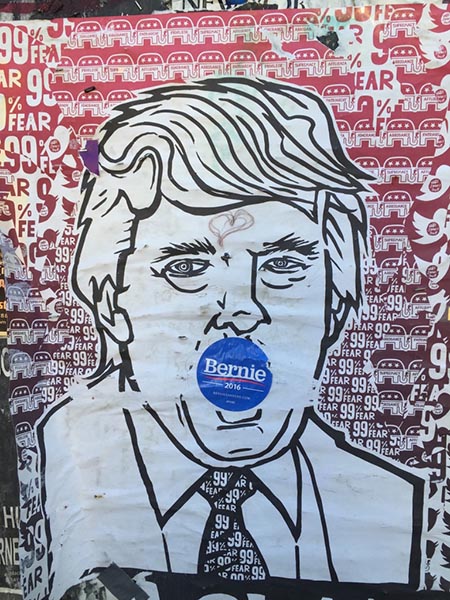
The Second Project Project: The Security to Feel Insecure
Editor’s note: Platypus is launching a series called “The Second Project Project” that asks scholars to reflect on the process of developing new research projects at the intersection of anthropology, science, technology, and computing. Anthropologists, and most qualitative social scientists and humanities scholars, typically produce book-length research projects rather than series of articles, so the “second project” refers to the next major, book-length research project following the dissertation and first book. During the week of March 21, I attended the IEEE (Institute of Electrical and Electronics Engineers) international annual conference on developments in virtual reality. Though I had been reading up on virtual reality for the past few months, this was my first dip of the toe into an ethnographic field I hoped to explore in depth. I knew exactly zero people at this 500-person conference. The language on the conference posters in the hallway was mystifying. The thought of introducing myself to any of these strangers triggered butterflies in my stomach. I stood in fear of opening my mouth, thus betraying my outsider status. Right, I remembered, this is what the beginning of fieldwork feels like. It kind of sucks. This initial foray signifies a much delayed beginning of work on my “second project.” The question of my second project has been one I’ve artfully dodged since graduating in 2011 until just this past fall, 2015. The pressure of articulating a second project in my job applications—starting in my final year as a graduate student up until I secured my magical unicorn of a tenure-track position in 2014—led to a rather uncreative string of unstarted projects. These were often derivative of my first project, and ones that I felt comfortable approaching but neither inspired nor excited to work on. Only with the security of my current position did I feel I had the freedom and time to find a fieldsite that would, in fact, make me feel insecure (in both the best and worst ways). The predicament this raises is, with the realities of the current job market and ever growing expectations for what is accomplished before tenure, how do we find the time and space to develop this second project? (read more...)





